GUEST BLOGGER JESSICA STREMER
Educators and parents can use nonfiction picture books such as Plight of the Pelican: How Science Saved a Species to explore the cause and effect of how events from the past shaped our present and encourage kids to consider how the actions they take today may affect our future.
In the 1950s, the brown pelican went from thriving to barely surviving. The culprit? A harmful pesticide called DDT that seeped into soil, spread in the water, festered in small fish, and ultimately caused the pelican population to plummet. Thanks to many voices joining together and demanding change, we now have the EPA and the Endangered Species Act, which continue to protect wildlife threatened by climate change.
Activity 1: Exploring the concept of cause and effect
Objective
Ask and answer such questions as who, what, where, when, why, and how to demonstrate understanding of key details in a text.
Procedure
- Read the book Plight of the Pelican: How Science Saved a Species. Ask students to pay attention to specific actions that were taken by various people throughout the book.
- Make a list of the characters in the book. Ask students what actions those people took.
- Now focuse on cause and effect. List why the characters took those actions (cause). Then list what happened because of those actions (effect).
- Then, explore other possibilities. What might have happened if the characters took different? What effects could those actions have had? How would the future look different than it does today?
- Finally, ask students to put their new knowledge of cause and effect into action. Ask them to write down one action they take each day and to brainstorm the different effects that action may have on wildlife.
| Characters | Actions | Cause | Effect | Alternative Future |
Activity 2: Writing about endangered animals
Objective
Explore the impact people have on the environment.
Procedure
- Read the book Plight of the Pelican: How Science Saved a Species.
- Using the backmatter, discuss what it means for an animal to be endangered.
- Next, give the students a list of endangered animals and ask them to choose one to research and write about. Questions to explore may include:
- Where does the animal live?
- What classification is the animal?
- Why is the animal endangered?
- What type of food does it eat? Is it a carnivore, herbivore, or omnivore)?
- 1-2 interesting facts
- Finally, choose from the following writing exercises:
- Ask students to pretend they’re writing an article for a newspaper or magazine. Their article can be fiction or nonfiction, as long as their animal is a main character. For example, what would happen if their animal took a trip to a different habitat?
- Ask students to write a persuasive letter for why their animal is important and needs people’s help. Share these letters with your local government advocating for the protection of species in area/state.
Featured image credit: “Adult Brown Pelican” by goingslo is licensed under CC BY-NC-ND 2.0.
Jessica Stremer is an award-winning children’s author who combines her love of science and writing to create books that inspire kids to explore and think critically about the world around them. Her books have received multiple starred reviews and have been designated as SLJ Gold Selections, Cook Prize Silver Medal recipient, NYPL Best Book of the Year, and NSTA Outstanding Science Trade Book. Jessica obtained a B.S. in Biology, with an emphasis in Ecology, from the University of Wisconsin Oshkosh. When not writing you can find Jessica cheering from the sideline of her kids’ soccer games, spending time outdoors, and planning her next family adventure.


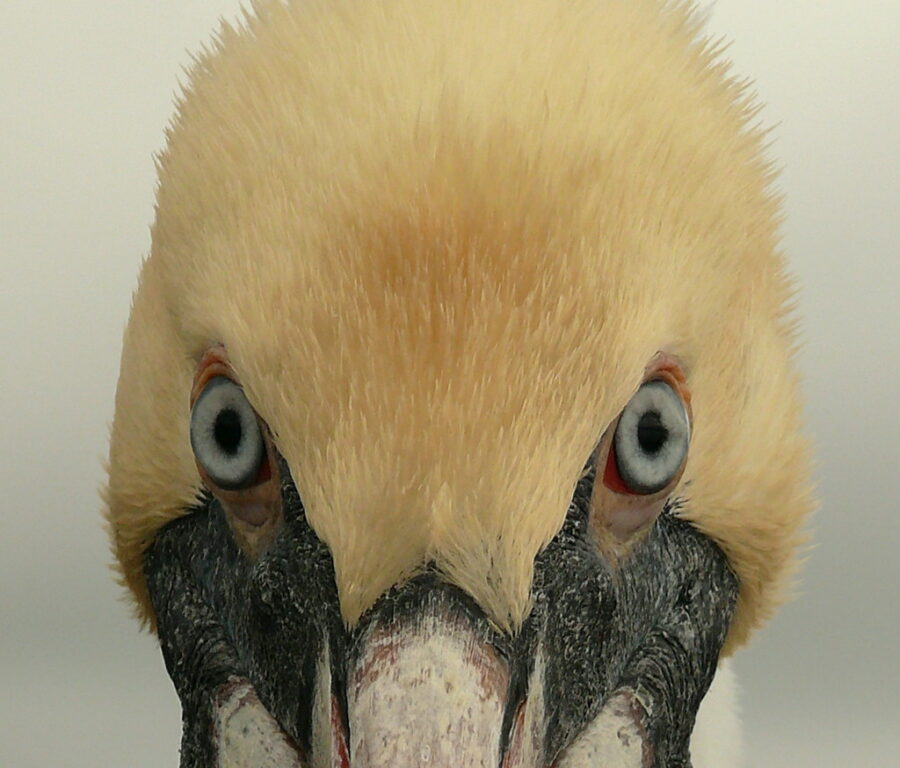
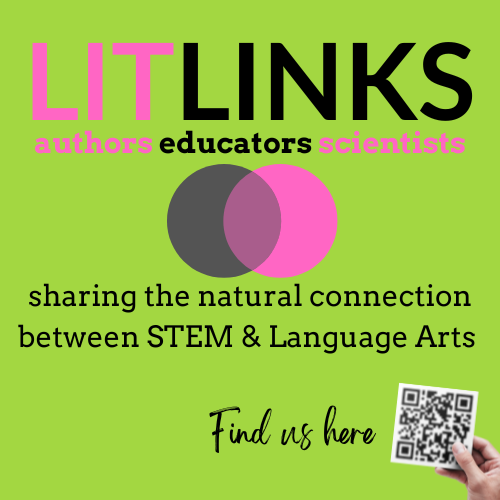
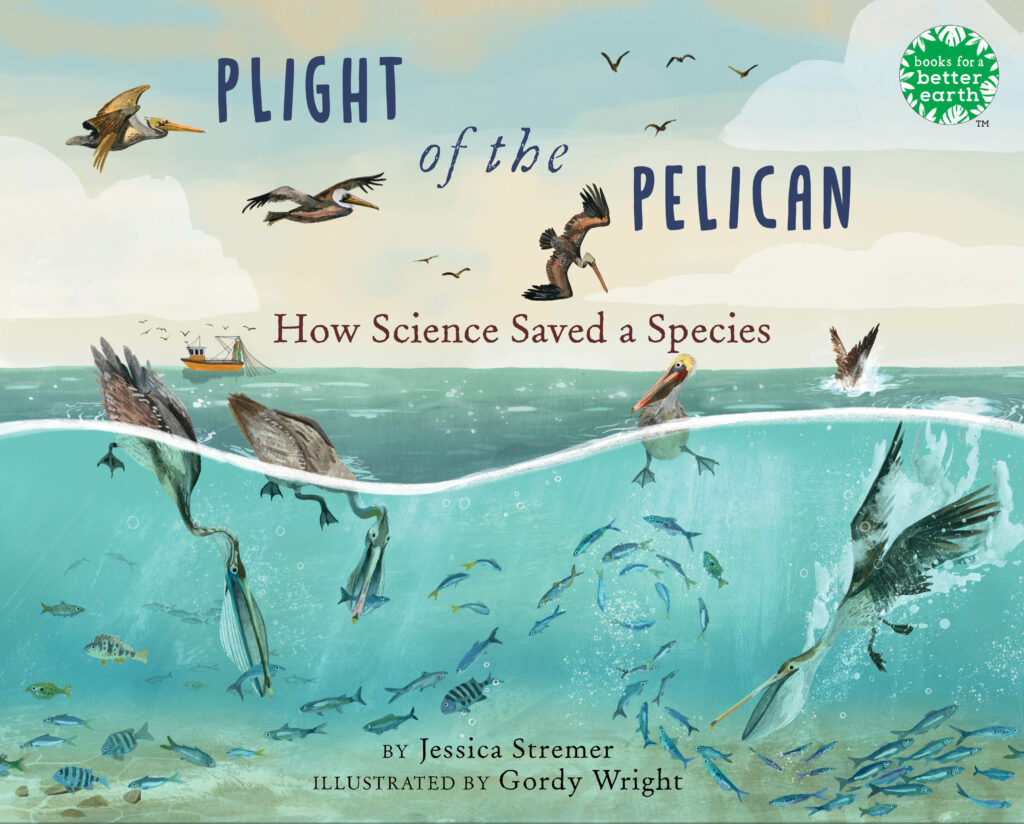
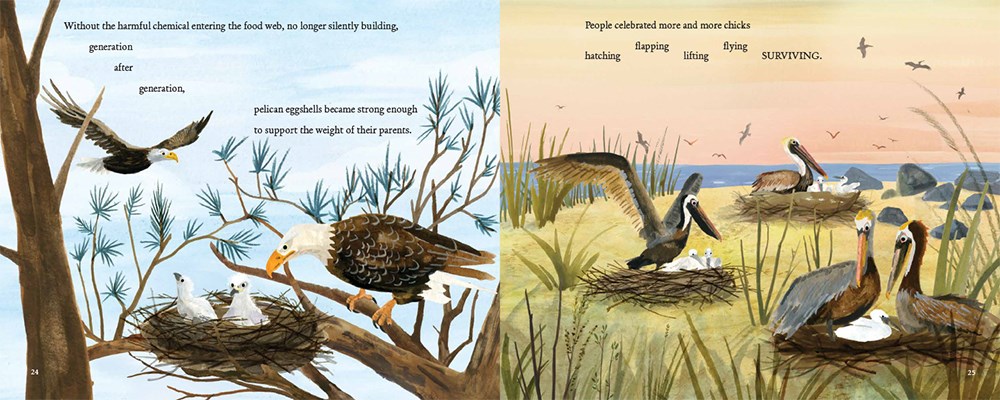
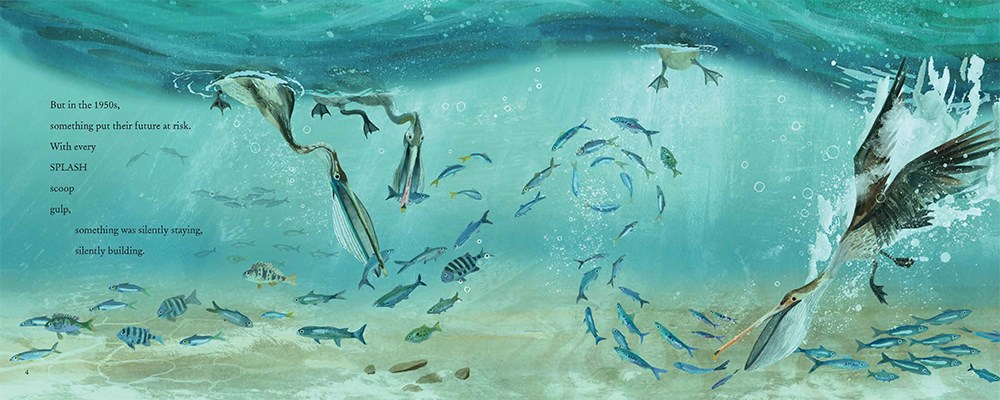
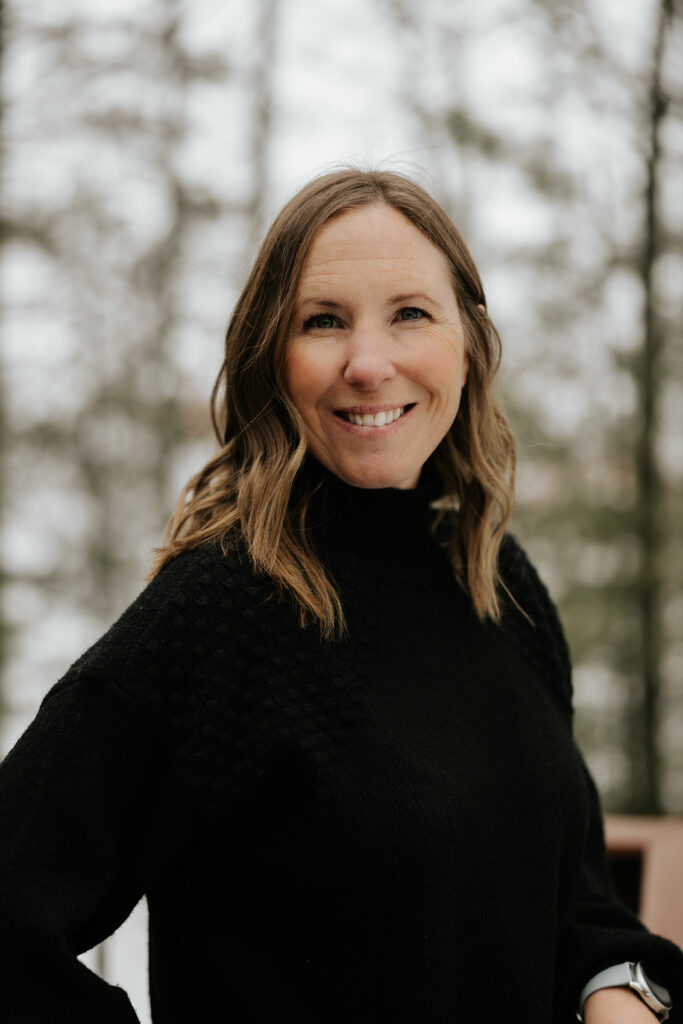
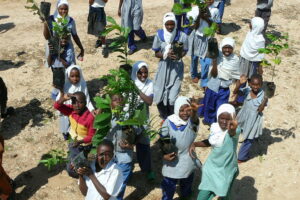




Leave a Reply
Your email is safe with me.